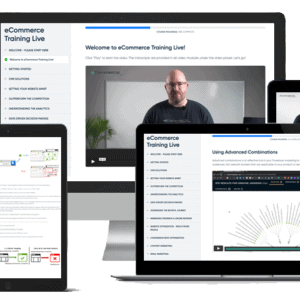Build an Email Drip Campaign
- Segmentation: Categorize your subscribers based on behavior, demographics, or stage in the sales funnel.
- Trigger Events: Define specific actions or criteria that trigger the start of the drip campaign.
- Content Mapping: Develop a series of emails that guide a prospect through the buyer’s journey, providing value at each step.
- Personalization: Use subscriber data to personalize emails, increasing relevance and engagement.
- Timing and Frequency: Determine the optimal send times and intervals between emails to maintain interest without overwhelming recipients.
- Conversion Goals: Set clear objectives for each email, whether it’s to nurture a lead, promote a webinar, or close a sale.
Custom Email Content Calendar
- Thematic Planning: Align email content with marketing themes, product launches, or seasonal events.
- Content Diversity: Plan for a mix of content types, such as educational articles, product updates, and exclusive offers.
- Editorial Guidelines: Establish a consistent voice and style that reflects your brand and resonates with your audience.
- Collaboration: Coordinate with other marketing initiatives to ensure a cohesive message across channels.
- Resource Planning: Schedule content creation and approval processes to ensure timely execution.
- Flexibility: Allow room in the calendar for spontaneous content in response to industry trends or customer feedback.
Lead Generation & Lead Scoring
- Lead Capture: Implement opt-in forms and lead magnets across your digital touchpoints to grow your email list.
- Lead Magnets: Offer valuable resources like ebooks, webinars, or free trials to entice sign-ups.
- Scoring Criteria: Develop a scoring system based on engagement, demographics, and behavior to prioritize leads.
- Progressive Profiling: Use dynamic forms and interactions to gradually collect more information about your leads.
- Nurturing Paths: Create tailored email sequences that respond to the lead’s score and readiness to buy.
- Sales Handoff: Define the point at which a lead is considered ‘sales-qualified’ and the process for transferring the lead to the sales team.
AB Testing, Day-Parting & Geo-targeting
- AB Testing: Regularly test different elements of your emails (subject lines, images, CTA buttons) to optimize for opens, clicks, and conversions.
- Variable Segmentation: Test emails on different segments of your audience to understand preferences and behaviors.
- Day-Parting: Schedule emails based on when your audience is most likely to engage, which can vary by time zone, day of the week, and time of day.
- Geo-targeting: Customize email content based on the recipient’s location to increase relevance, such as featuring local events or weather-specific products.
- Dynamic Content: Use dynamic content that changes based on the recipient’s data to create a more personalized experience.
- Analytics and Feedback Loop: Analyze the results of your tests to make informed decisions and continuously refine your email strategy.







